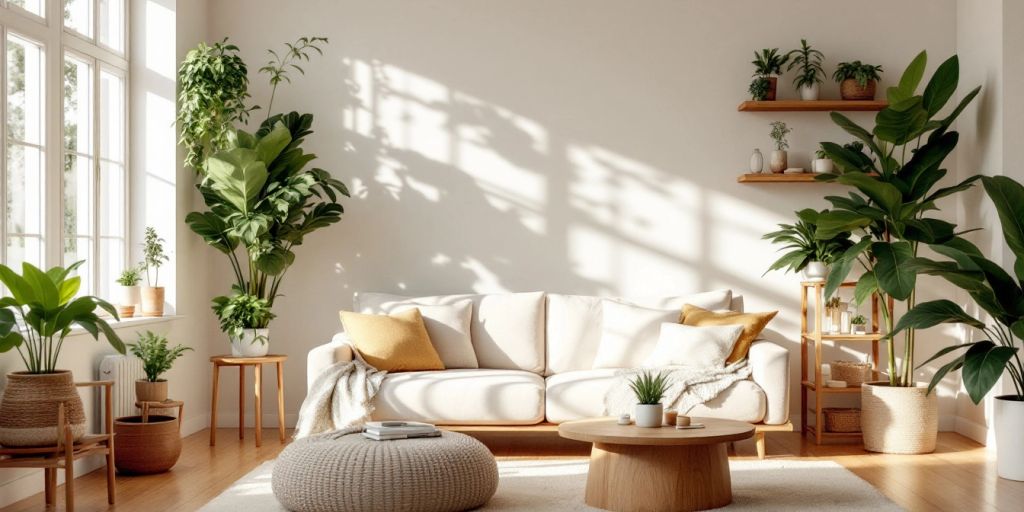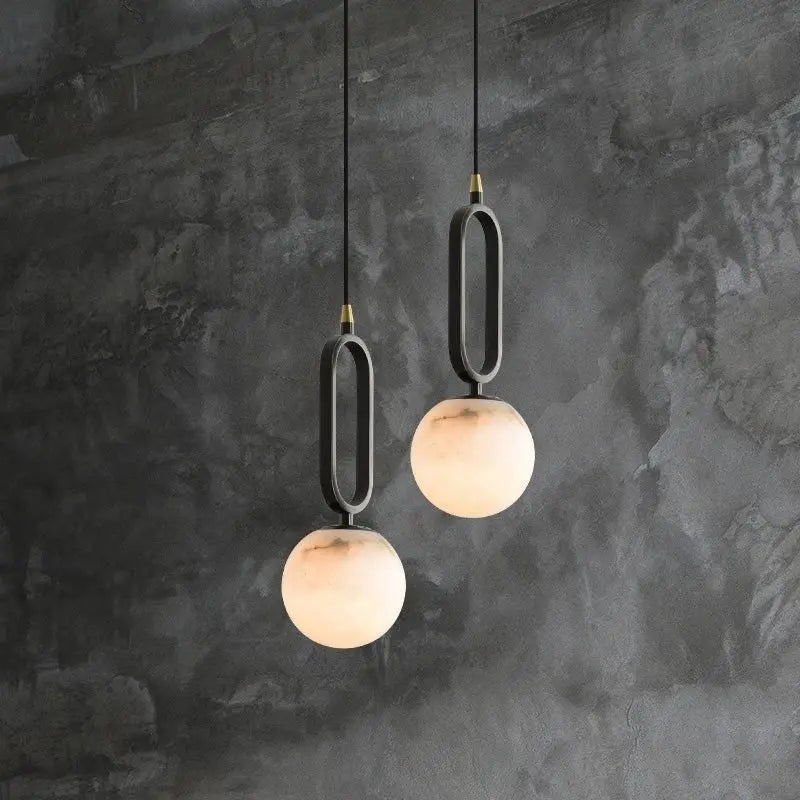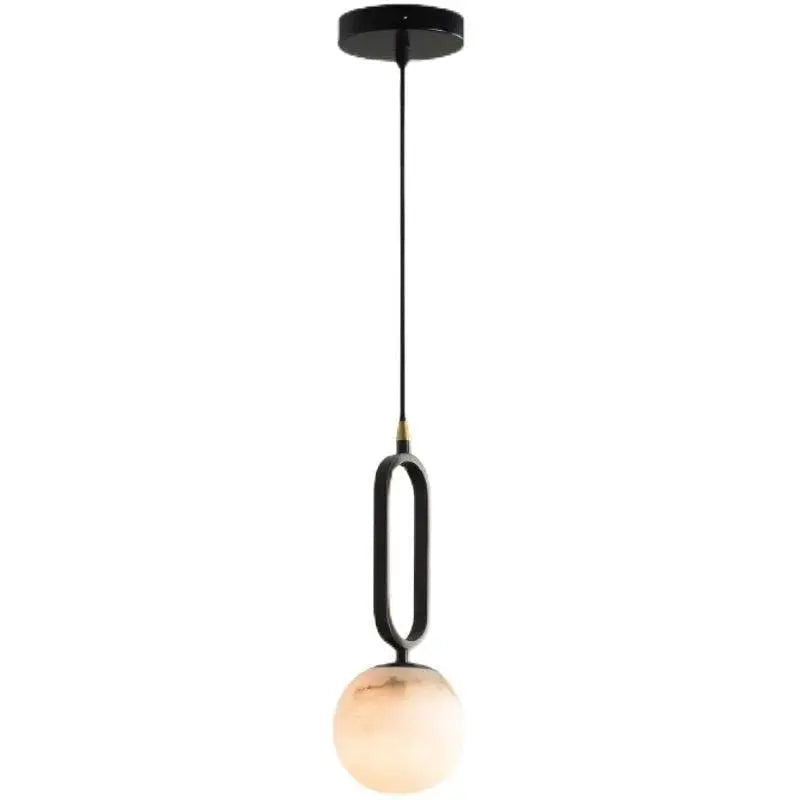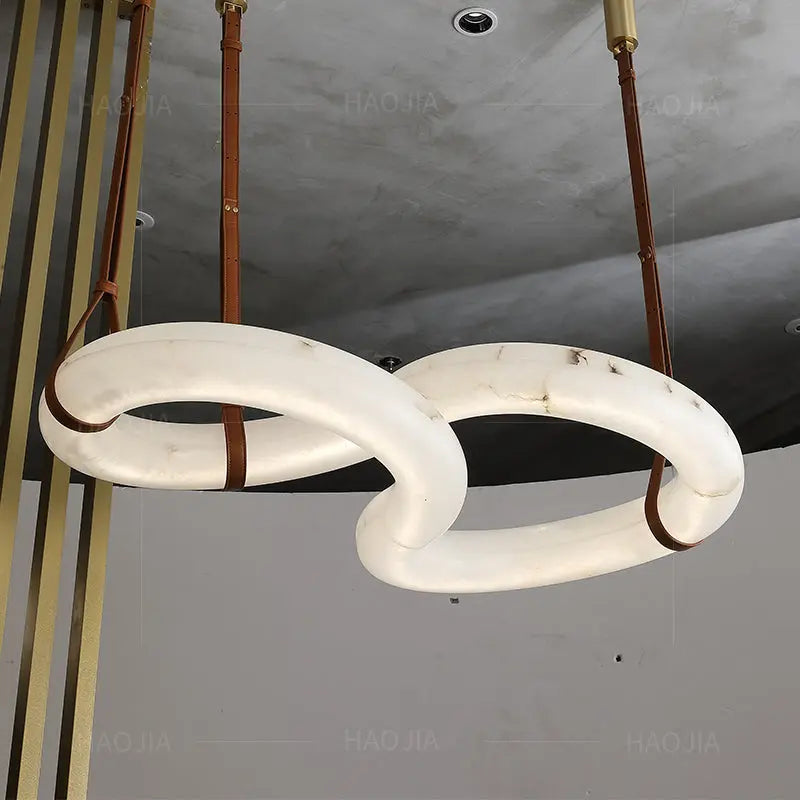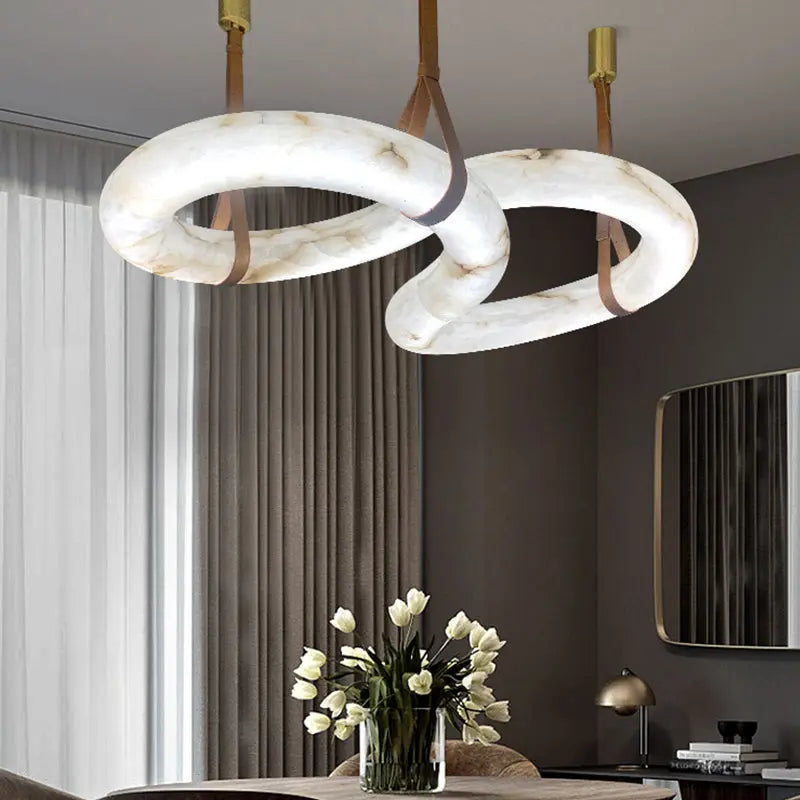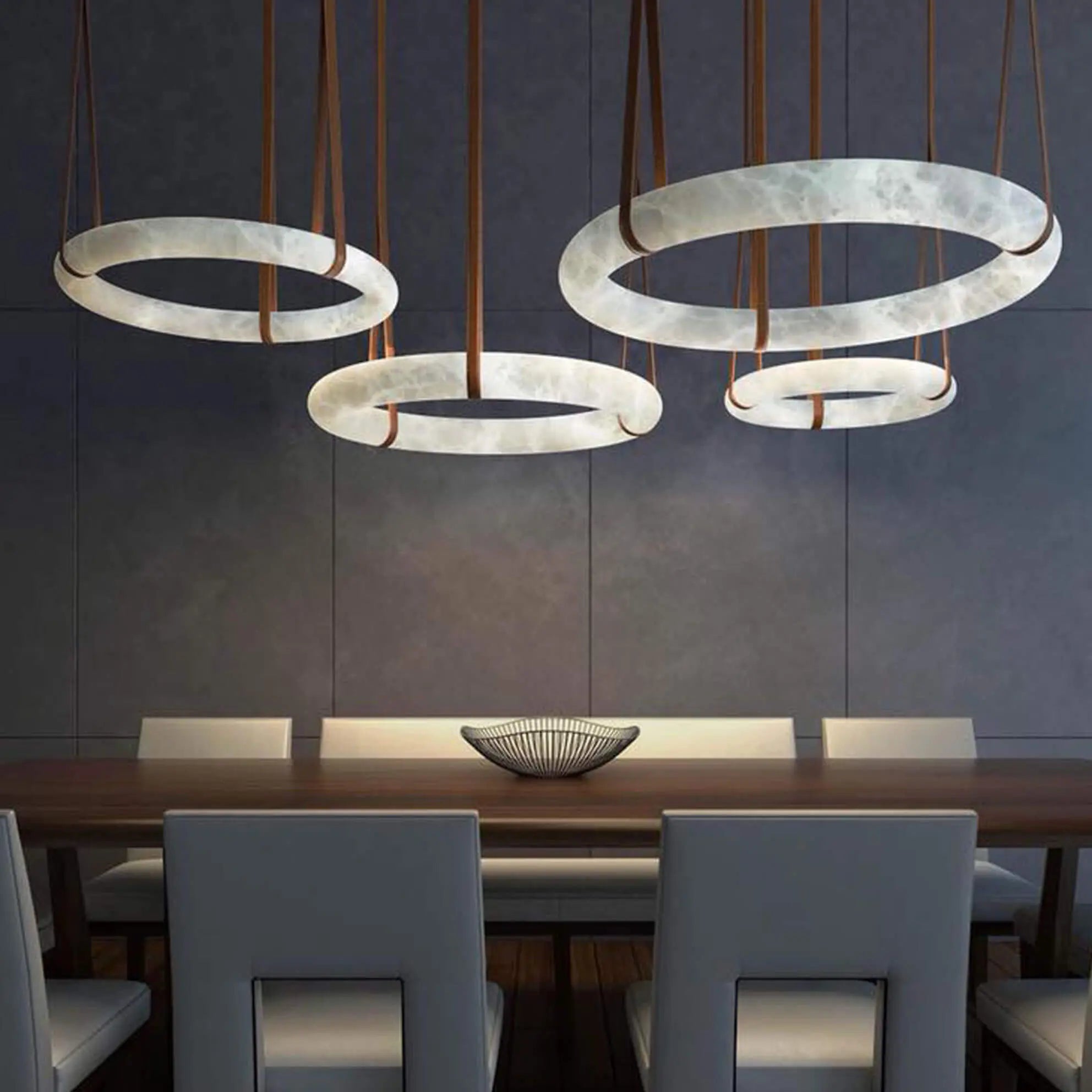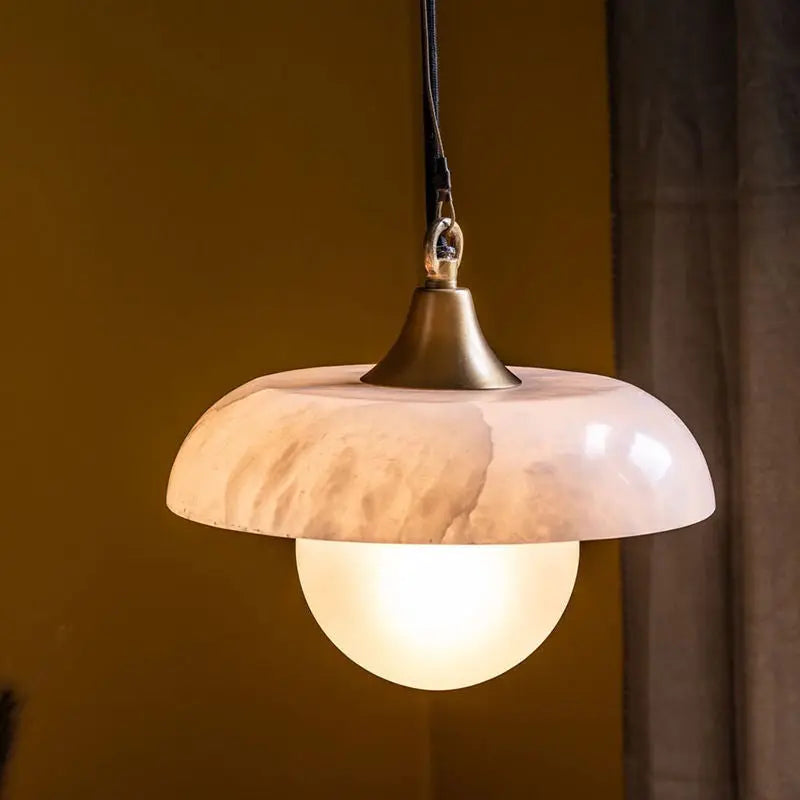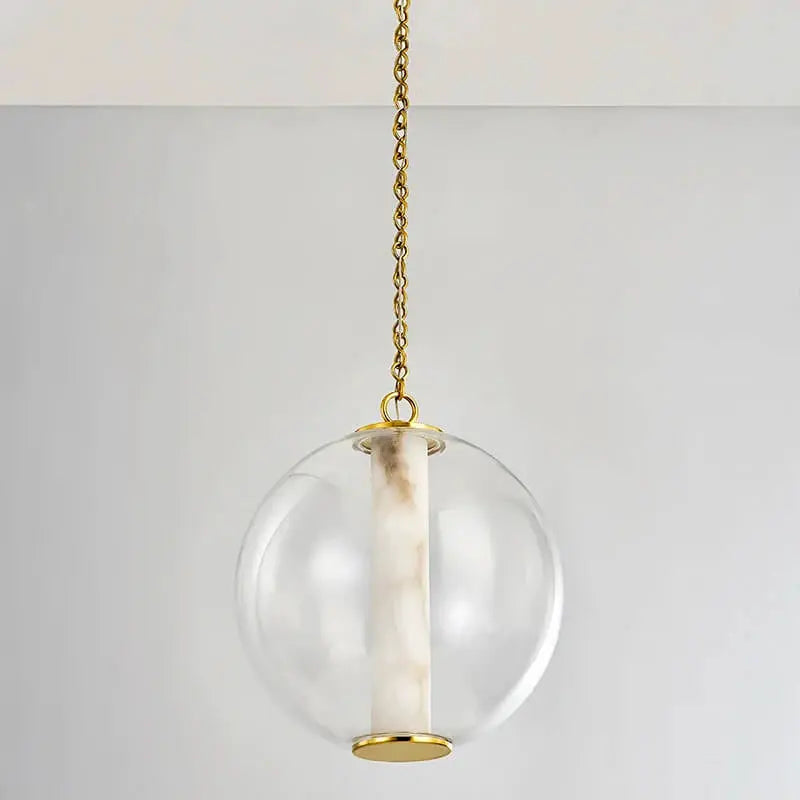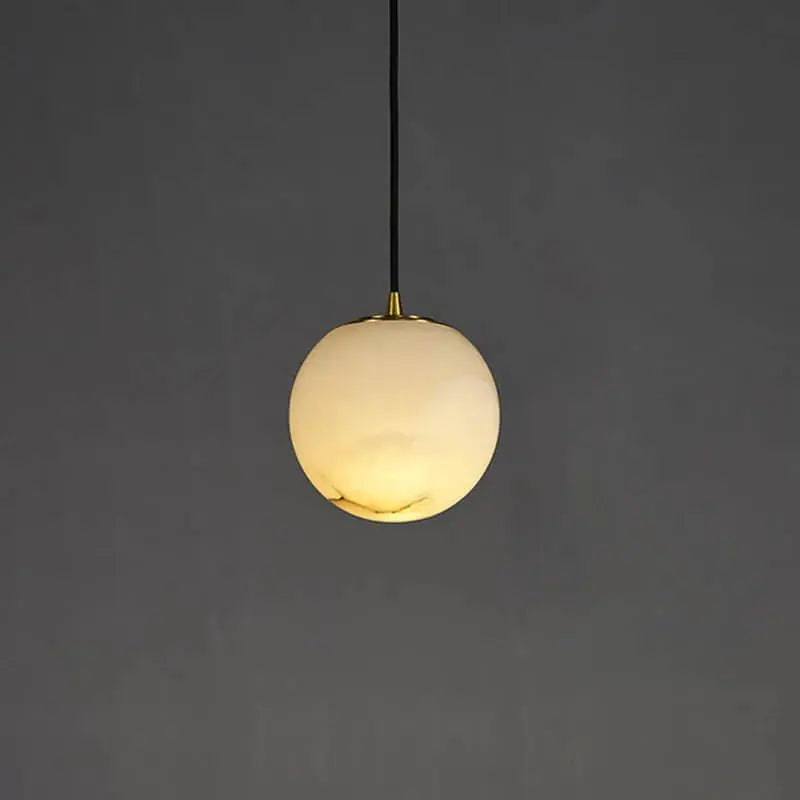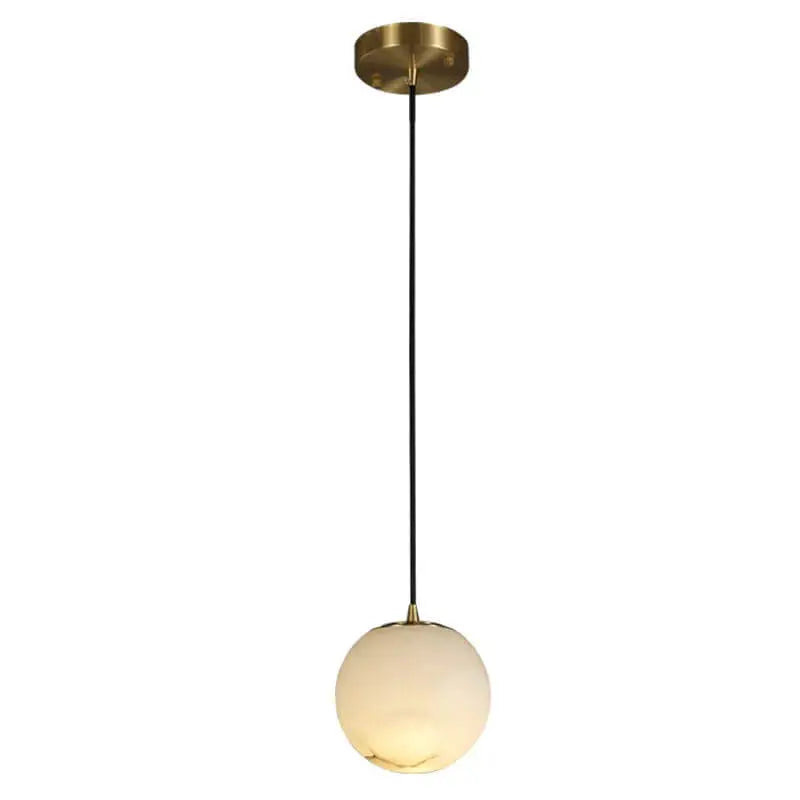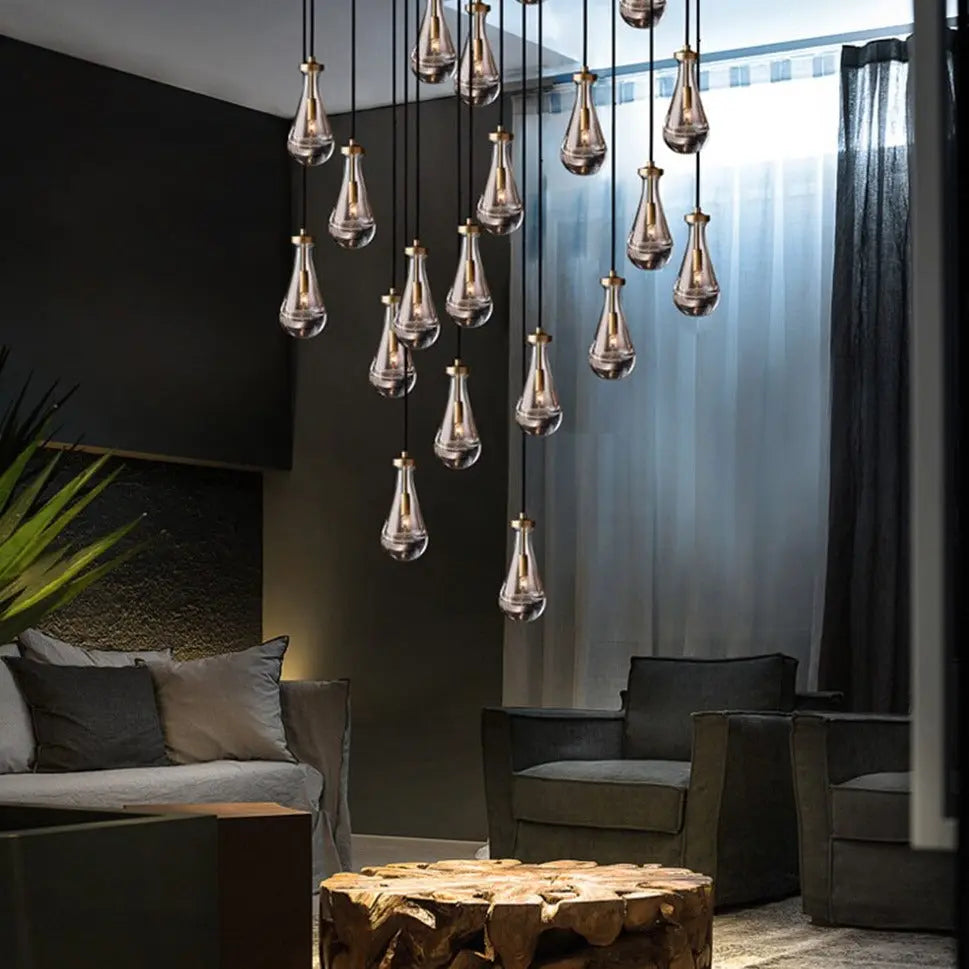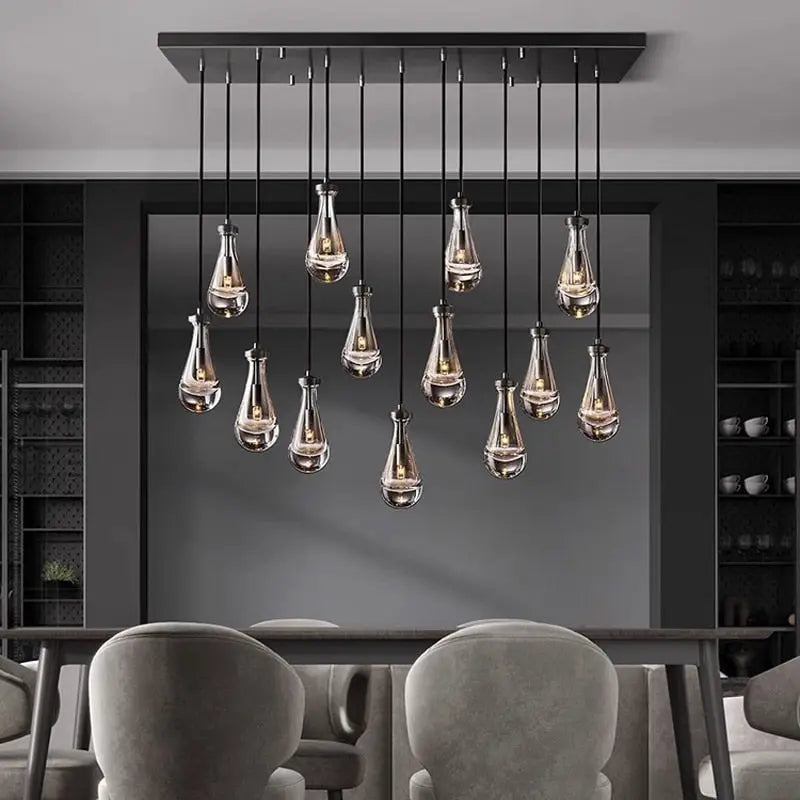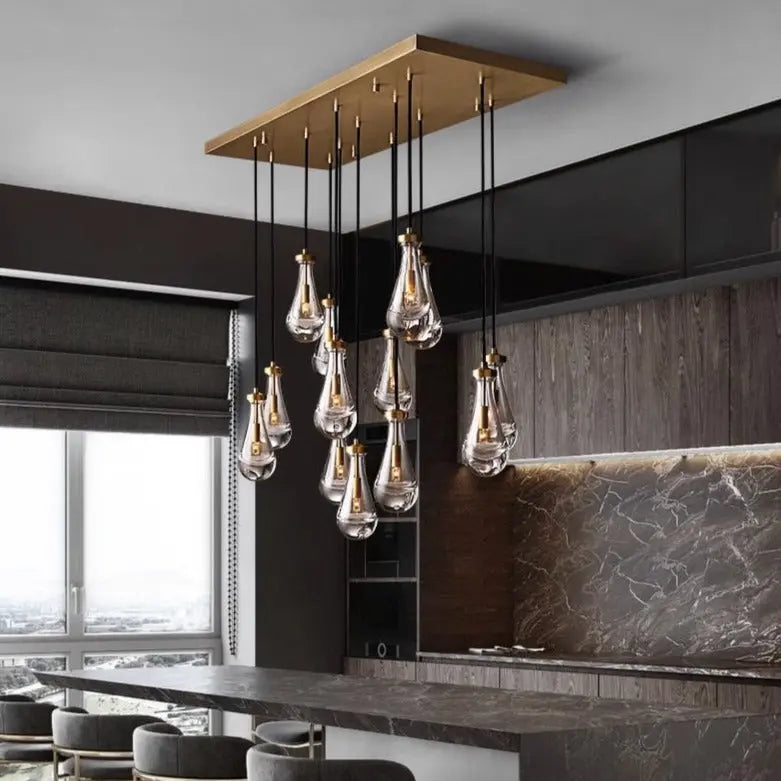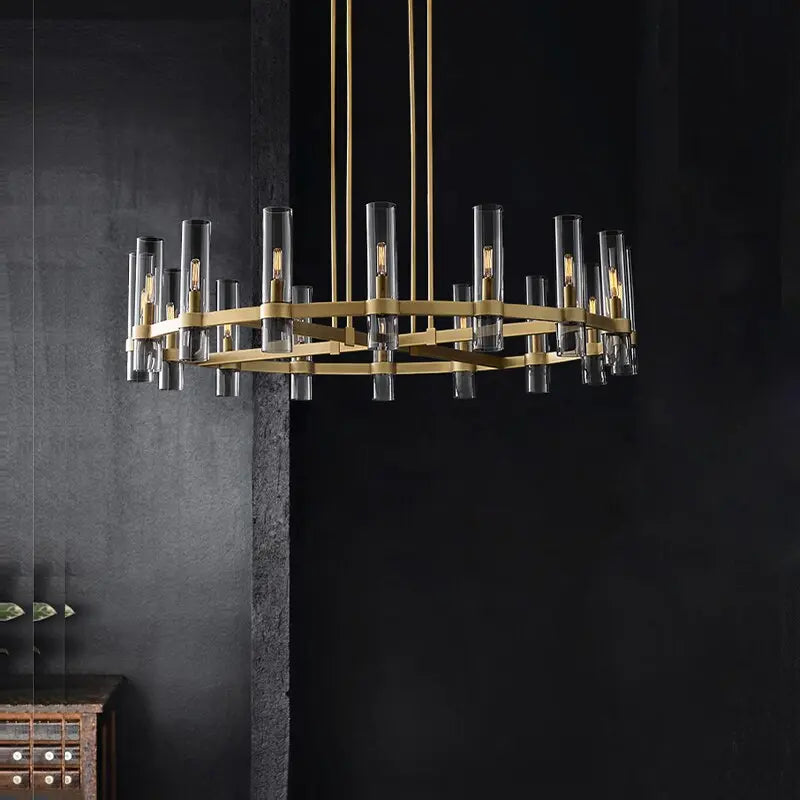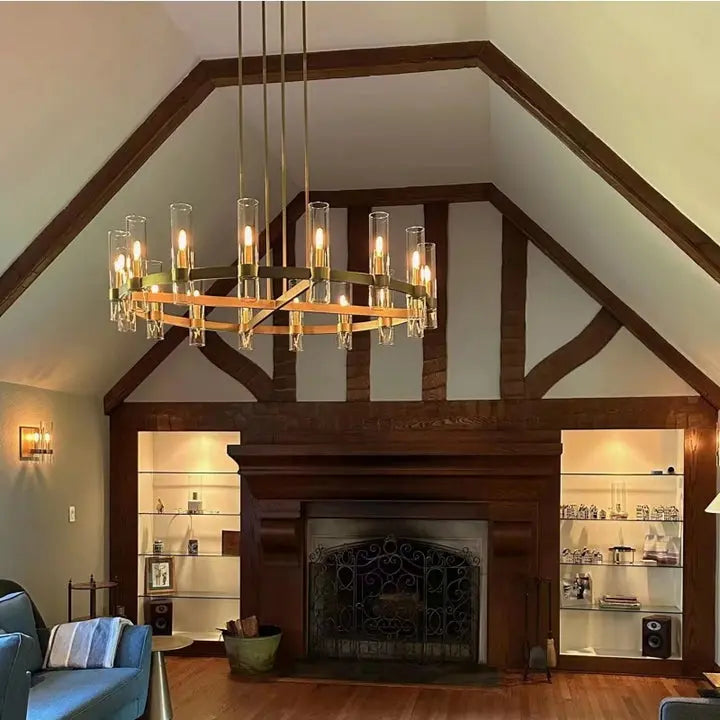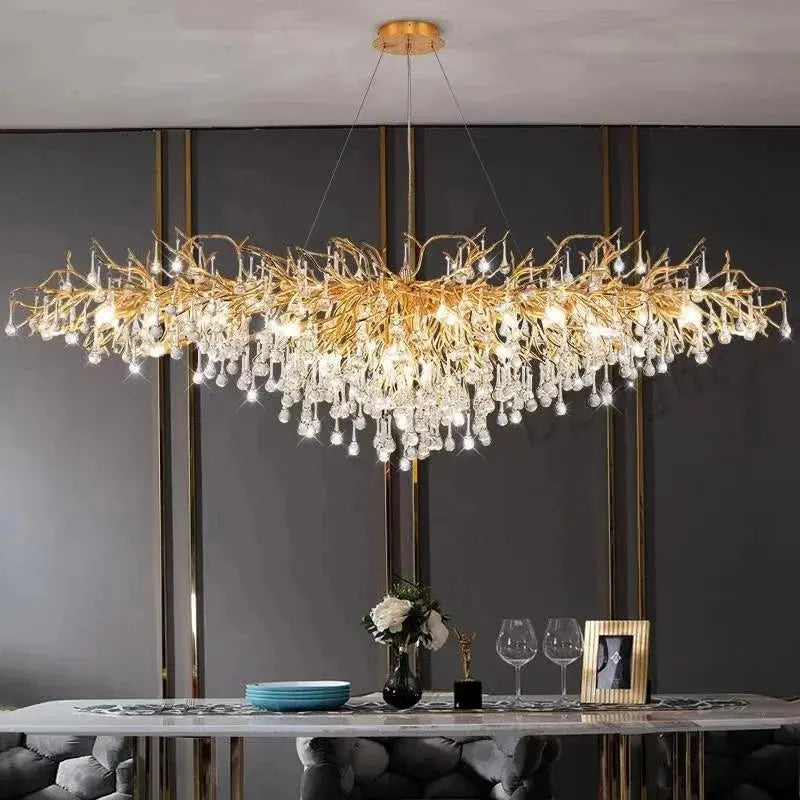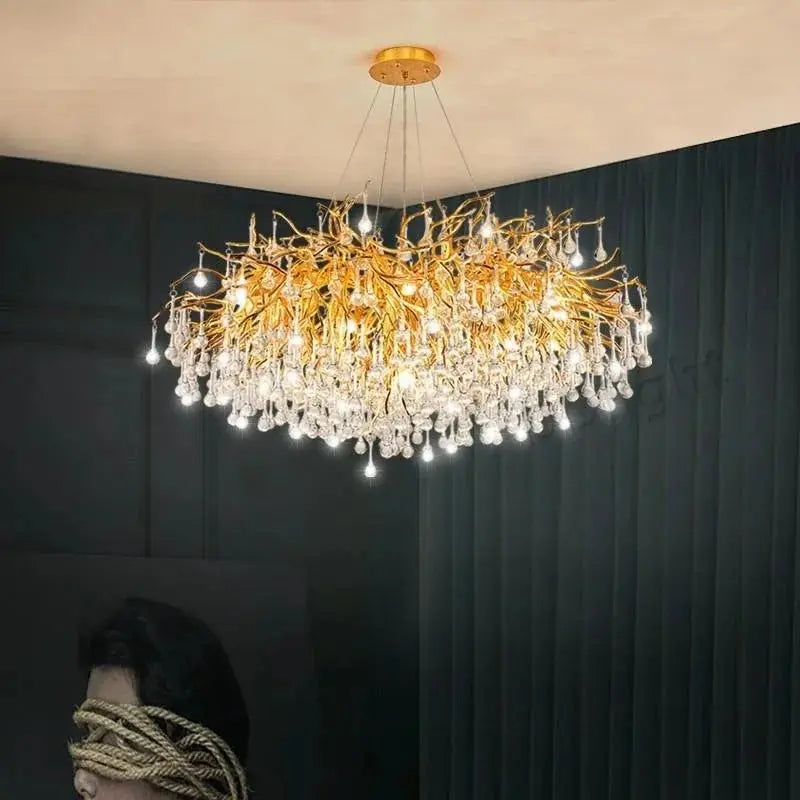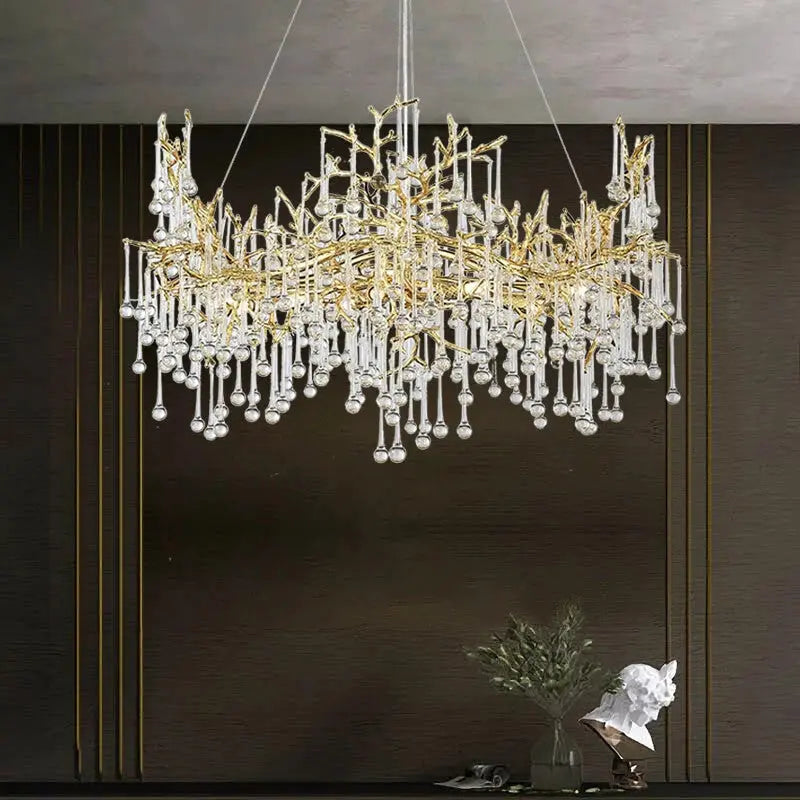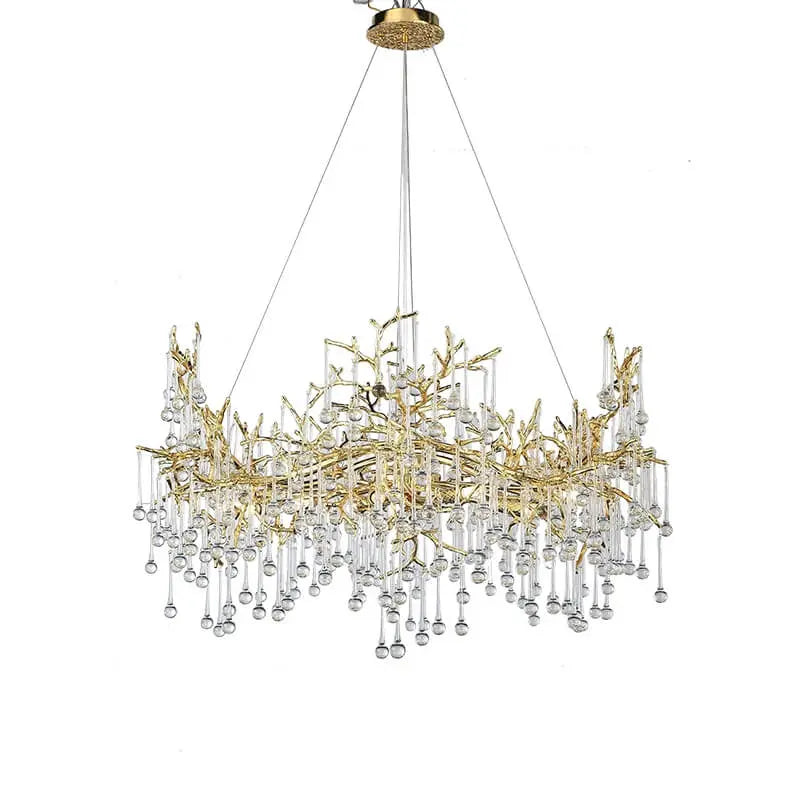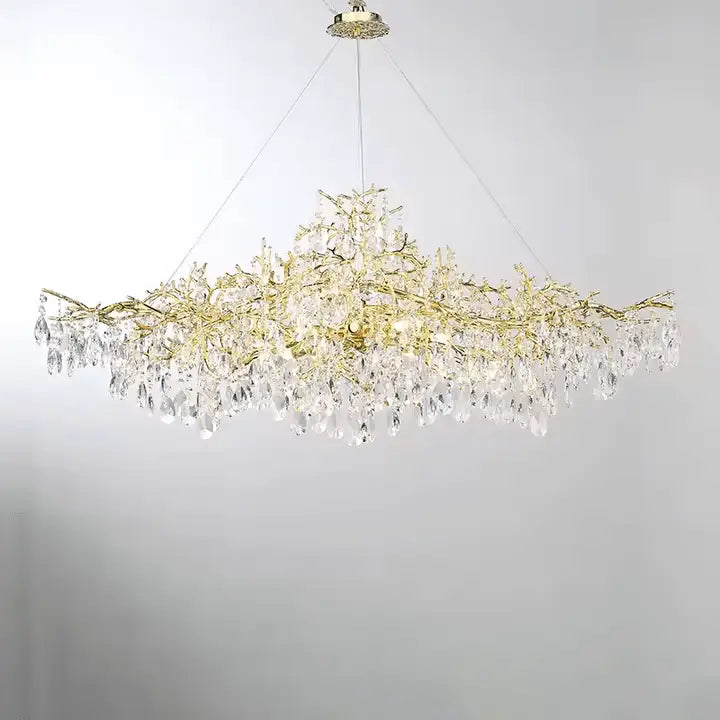In a world where environmental concerns are growing, making your home eco-friendly is more important than ever. This article explores creative and stylish ideas to transform your living space into a sustainable haven. From using reclaimed materials to incorporating energy-efficient options, you can create a beautiful home that reflects your values while being kind to the planet.
Key Takeaways
- Reclaimed wood is stylish and helps save trees.
- Energy-efficient lighting can lower your bills and reduce waste.
- Natural materials are healthier for both you and the environment.
- Indoor plants not only beautify your home but also clean the air.
- Upcycling old items is a fun way to reduce waste and express creativity.
Sustainable Home Decor: Stylish and Green
In today's world, making eco-friendly choices for your home is more important than ever. Sustainable home decor not only beautifies your space but also helps protect our planet. Here are some innovative ideas to transform your home into a stylish and green haven.
Benefits of Reclaimed Wood
- Saves Trees: Using reclaimed wood means fewer trees are cut down.
- Unique Character: Each piece has its own story and charm.
- Less Energy: It takes less energy to repurpose old wood than to create new furniture.
Creative Upcycling Ideas
- Old Doors as Tables: Transform an old door into a coffee table.
- Suitcases as Storage: Use vintage suitcases for stylish storage solutions.
- Pallet Furniture: Create benches or tables from wooden pallets.
Where to Find Reclaimed Materials
- Local Salvage Yards: Great for finding wood and other materials.
- Thrift Stores: Look for unique pieces that can be upcycled.
- Online Marketplaces: Websites often have listings for reclaimed items.
Embracing reclaimed and upcycled furniture not only beautifies your home but also supports a sustainable lifestyle. By choosing these options, you contribute to a healthier planet while enjoying unique decor. Explore our collection of eco-friendly bamboo lamps that combine natural beauty with modern design, illuminating your space with elegance!
Energy-Efficient Lighting for Eco-Friendly Homes
Lighting plays a crucial role in creating a comfortable and inviting atmosphere in your home. Switching to energy-efficient lighting options can significantly reduce your energy consumption and lower your electricity bills. Here are some innovative ideas to brighten your space sustainably:
Advantages of LED Bulbs
LED bulbs are a fantastic choice for energy-efficient homes. They use up to 80% less energy than traditional incandescent bulbs and last much longer. Here are some key benefits:
- Energy efficiency: Consumes less power.
- Longevity: Lasts longer than regular bulbs.
- Cost-effective: Saves money over time.
Incorporating Solar Lighting
Using solar lights is another great way to brighten your home sustainably. These lights harness the sun's energy, making them eco-friendly and cost-effective. Consider these options:
- Solar garden lights: Perfect for outdoor spaces.
- Solar string lights: Great for patios and decks.
- Solar path lights: Enhance safety and visibility.
DIY Sustainable Lamps
Creating your own lamps can be a fun and eco-friendly project. You can use materials like reclaimed wood or recycled items to make unique pieces. Here are some ideas:
- Upcycled jars: Turn old jars into charming lamps.
- Natural materials: Use bamboo or rope for a rustic look.
- Repurposed items: Transform old furniture into stylish lighting.
Embracing eco-friendly lighting not only enhances your home but also reflects your commitment to a sustainable lifestyle. Consider adding a luxury marble chandelier or a sophisticated marble chandelier to elevate your decor while being kind to the planet.
By choosing energy-efficient options and incorporating natural light, you can create a beautiful and sustainable living space that feels connected to the outdoors.
Natural and Recycled Materials for Flooring and Walls
Eco-Friendly Wallpapers
Eco-friendly wallpapers are a fantastic way to refresh your space while being kind to the planet. They are made from recycled materials and printed with water-based inks, ensuring a healthier environment. Here are some benefits:
- Made from recycled materials
- Printed with water-based inks
- Free from harmful chemicals
Natural Flooring Materials
Choosing natural flooring materials not only enhances the beauty of your home but also supports sustainability. Here are some popular options:
- Bamboo: Grows quickly and is very durable.
- Cork: Soft, hypoallergenic, and great for insulation.
- Reclaimed Wood: Adds character and reduces waste.
Reclaimed Wood Panels
Reclaimed wood panels are perfect for adding warmth and charm to your home. They are not only eco-friendly but also unique. Here are some reasons to consider them:
- Perfect for accent walls or furniture
- Reduces the need for new materials
- Each piece has a unique story and character
Using natural and recycled materials is a step towards a healthier planet. Every small change counts!
Indoor Plants: Bringing Nature Indoors
Adding indoor plants is a wonderful way to make your home feel more alive and eco-friendly. Plants not only beautify your space but also improve air quality. Here are some great options to consider:
Low-Maintenance Plant Options
- Peace Lily: Thrives in low light and helps purify the air.
- Spider Plant: Very resilient and easy to care for.
- Snake Plant: Tolerates neglect and improves indoor air quality.
Air-Purifying Plants
- ZZ Plant: Perfect for low light and irregular watering.
- Pothos: Grows well in various light conditions and is low-maintenance.
- Fiddle Leaf Fig: Adds height and drama to your decor.
Creative Plant Displays
- Use old jars or vintage teacups as unique planters.
- Create DIY plant hangers with organic cotton or hemp.
- Group plants with similar needs for a cohesive look.
Incorporating plants into your home decor not only enhances the aesthetic but also promotes a healthier living environment. By choosing the right plants and displaying them creatively, you can transform your space into a green oasis that reflects your style while supporting sustainable practices.
DIY Projects for a Sustainable Home
Creating your own decor is a fun way to make your space unique while being kind to the planet. DIY projects allow you to reuse materials and express your creativity. Here are some ideas to get you started:
Upcycling Household Items
- Old Furniture: Transform an old chair into a stylish plant stand.
- Glass Jars: Use them as candle holders or storage containers.
- Wooden Pallets: Create a rustic coffee table or garden planter.
Crafting with Natural Materials
- Dried Flowers: Make beautiful wreaths or centerpieces.
- Bamboo: Use it to create wall art or decorative shelves.
- Natural Fabrics: Sew pillow covers or table runners from organic cotton.
Repurposing Old Furniture
- Ladders: Turn a wooden ladder into a bookshelf.
- Suitcases: Stack vintage suitcases for a unique side table.
- Doors: Use an old door as a headboard or a dining table.
Embracing reclaimed and upcycled furniture not only beautifies your home but also supports a sustainable lifestyle. By choosing these options, you contribute to a healthier planet while enjoying unique decor.
Incorporating these ideas into your home can lead to a more sustainable and stylish living space. Remember, every piece tells a story, and your choices can make a difference!
Water Conservation Techniques for Eco-Friendly Homes
Water conservation is essential for creating a sustainable home. Using less water not only saves money but also helps the environment. Here are some effective techniques to consider:
Low-Flow Fixtures
- Install low-flow faucets and showerheads to reduce water usage.
- Consider dual-flush toilets that allow you to choose the amount of water used for each flush.
- These fixtures can save a significant amount of water each year.
Rainwater Harvesting
- Collect rainwater from your roof using barrels or tanks.
- This water can be used for watering gardens or washing cars.
- It’s a great way to utilize natural resources and reduce your water bill.
Efficient Irrigation Systems
- Use drip irrigation systems for gardens to deliver water directly to the roots.
- This method minimizes evaporation and runoff, ensuring plants get the water they need.
- Consider using timers to water your garden at optimal times, like early morning or late evening.
| Technique | Water Savings Potential | Benefits |
|---|---|---|
| Low-Flow Fixtures | Up to 60% | Reduces water bills |
| Rainwater Harvesting | Varies | Utilizes natural resources |
| Efficient Irrigation | Up to 50% | Promotes healthy plant growth |
Implementing these water conservation techniques can significantly impact your home’s sustainability. By making small changes, you can contribute to a healthier planet while enjoying lower utility bills.
By adopting these practices, you can create a more eco-friendly home that conserves water and supports a sustainable lifestyle.
Supporting Fair Trade and Local Artisans
Benefits of Fair Trade Products
Supporting fair trade is crucial because it ensures that artisans receive fair wages for their work. This helps create a more just economy where everyone benefits. When you buy fair trade products, you are not just purchasing an item; you are supporting a movement that values ethical practices and sustainability.
Finding Local Artisans
Here are some ways to discover local artisan products:
- Visit local craft fairs: These events often showcase handmade goods from local artists.
- Explore farmers' markets: Many artisans sell their crafts alongside fresh produce.
- Check online platforms: Websites dedicated to local artisans can connect you with unique products.
Impact on Communities
Buying from local artisans positively impacts communities in several ways:
- Job Creation: Supporting local businesses helps create jobs in the area.
- Economic Growth: Money spent locally stays in the community, boosting the local economy.
- Cultural Preservation: Local artisans often create products that reflect their culture, helping to preserve traditions.
Supporting local artisans not only enriches your home with unique decor but also contributes to a healthier planet and community. By choosing handcrafted items, you are making a choice that benefits everyone involved.
By embracing fair trade and local artisans, you can transform your space while making a positive impact on the world around you. Every purchase counts!
Green Interior Paints and Finishes
Choosing eco-friendly paints and finishes is essential for a healthy home. Many traditional paints have harmful VOCs (Volatile Organic Compounds) that can pollute the air inside your home. Instead, opt for brands like Benjamin Moore’s Natura or Farrow & Ball, which offer low-VOC or even VOC-free options. This helps to keep the air cleaner and safer for everyone.
Choosing Low-VOC Paints
- Healthier Environment: Low-VOC paints reduce indoor air pollution.
- Better for Kids and Pets: Non-toxic options are safer for families.
- Long-Lasting Colors: Durable colors mean less frequent repainting.
Non-Toxic Finishes
Using non-toxic finishes is just as important. These finishes ensure that surfaces in your home are safe and free from harmful chemicals. Look for certifications like Green Seal or GREENGUARD to find products that meet strict health and environmental standards.
Certifications to Look For
| Certification | Description |
|---|---|
| Green Seal | Ensures products meet environmental standards |
| GREENGUARD | Certifies low chemical emissions |
| EcoLabel | Indicates sustainable practices in production |
Choosing the right paint and finishes not only beautifies your space but also supports a healthier planet. Investing in eco-friendly options is a step towards a sustainable future.
By selecting the right colors and finishes, you can create a stylish home that reflects your values, whether you prefer modern interior design, minimalist interior design, or even coastal interior design. Make your space beautiful and eco-friendly!
When it comes to choosing interior paints and finishes, going green is a smart choice. Eco-friendly paints not only help the environment but also create a healthier home for you and your family. Explore our wide selection of sustainable options that can brighten up your space while being kind to the planet. Visit our website to discover more about our green products and how they can transform your home!
Conclusion
Changing your home into a green space is more than just making it pretty; it's about making choices that help our planet. By using eco-friendly materials, giving new life to old items, and picking energy-saving options, you can create a home that shows what you care about. Every little change matters. Whether you add plants, use recycled stuff, or choose natural fabrics, these choices help make the world a better place. So, take these ideas and start your journey to a beautiful, eco-friendly home today!
Frequently Asked Questions
What is reclaimed wood furniture?
Reclaimed wood furniture is made from wood taken from old buildings or furniture. This helps save trees and gives your home a unique look.
How can I add indoor plants to my home?
You can place indoor plants on shelves, hang them from the ceiling, or use pretty pots. They not only look nice but also help clean the air.
What are some eco-friendly lighting choices?
You can use LED bulbs, solar lights, and lamps made from recycled materials. These options save energy and lower your electricity bill.
Where can I find sustainable home decor items?
Check local thrift stores, online marketplaces, or shops that focus on eco-friendly products. Many places offer unique and sustainable options.
What are the benefits of using natural fabrics?
Natural fabrics, like organic cotton and linen, are better for the environment and your health. They break down naturally and usually lack harmful chemicals.
How can I make my home more sustainable?
Start by using energy-efficient appliances, reducing water use, and choosing eco-friendly materials. Small changes can make a big difference!

